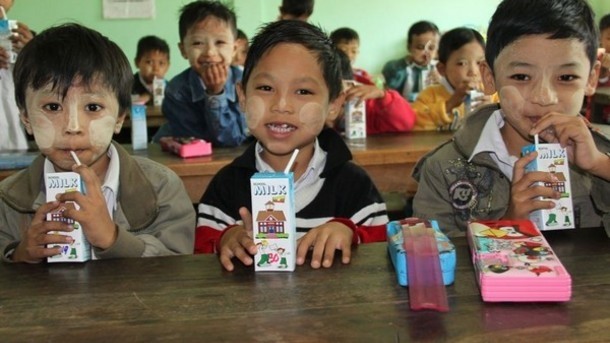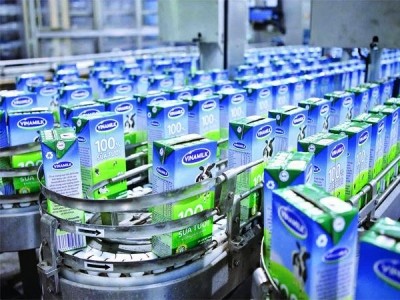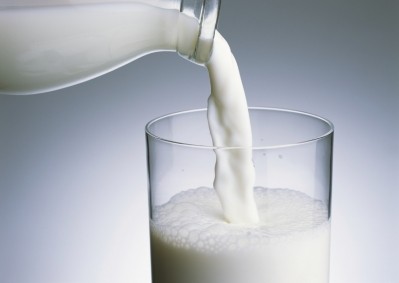South East Asia 'huge commercial opportunity' for dairy exporters, says Rabobank

Increasing consumption of dairy in South East Asia’s ASEAN-6 markets - Indonesia, Malaysia, the Philippines, Singapore, Thailand and Vietnam - has triggered intense competition between exporters from Europe, Australasia, and the US, as local processors struggle to keep up with soaring domestic demand.
According to a report by Rabobank, Milk for the Tigers: South East Asia becomes a battleground for dairy exporters. dairy exports into the region exceeded 1.6m tonnes in 2012 - making the region a $5.5bn export opportunity for dairy processors.
And this growth to not expected to subside.
The Netherlands-based financial services provider has forecast 2.4% growth in consumption in the ASEAN-6 markets each year through to 2020.
Overcoming “structural challenges”
As well as their ability to meet the production shortfalls of local processors, dairy exporters have a distinct advantage over their local rivals.
According to Rabobank, they can boast superior supply chain security, healthier food safety history, and a wider, more innovative range of products.
The difficulty for exporters lies, however, in overcoming the “structural challenges” of these markets.
“Food expenditure accounts for a large share of the consumption basket in most ASEAN-6 economies, and as a discretionary spend (dairy is not fully entrenched in consumers’ diets) the market is particularly price sensitive,” Rabobank said.
“Furthermore, high import-dependency has resulted in protectionist moves by some governments, including price controls, quotas, technical or sanitary requirements and import permits and certificates, thereby increasing the need for trade agreements between ASEAN-6 and exporting nations.”
ASEAN-6 a “huge commercial opportunity”
Whilst the region appears somewhat of a minefield, dairy processors that make a “long-term commitment” to the region will reap the benefits, Rabobank added.
“There is no single, clear pathway to success for dairy exporters,” said the report.
“Whilst some players choose to retain a traditional exporter model in which production is based overseas, other are investing in regional hubs and strategic partnerships with local producers.”
“Whatever the strategy, the most important factor is for exporters to make a long-term commitment to ASEAN-6; those who do will reap the benefits of the huge commercial opportunity that exists for the dairy industry across the region,” it added.








